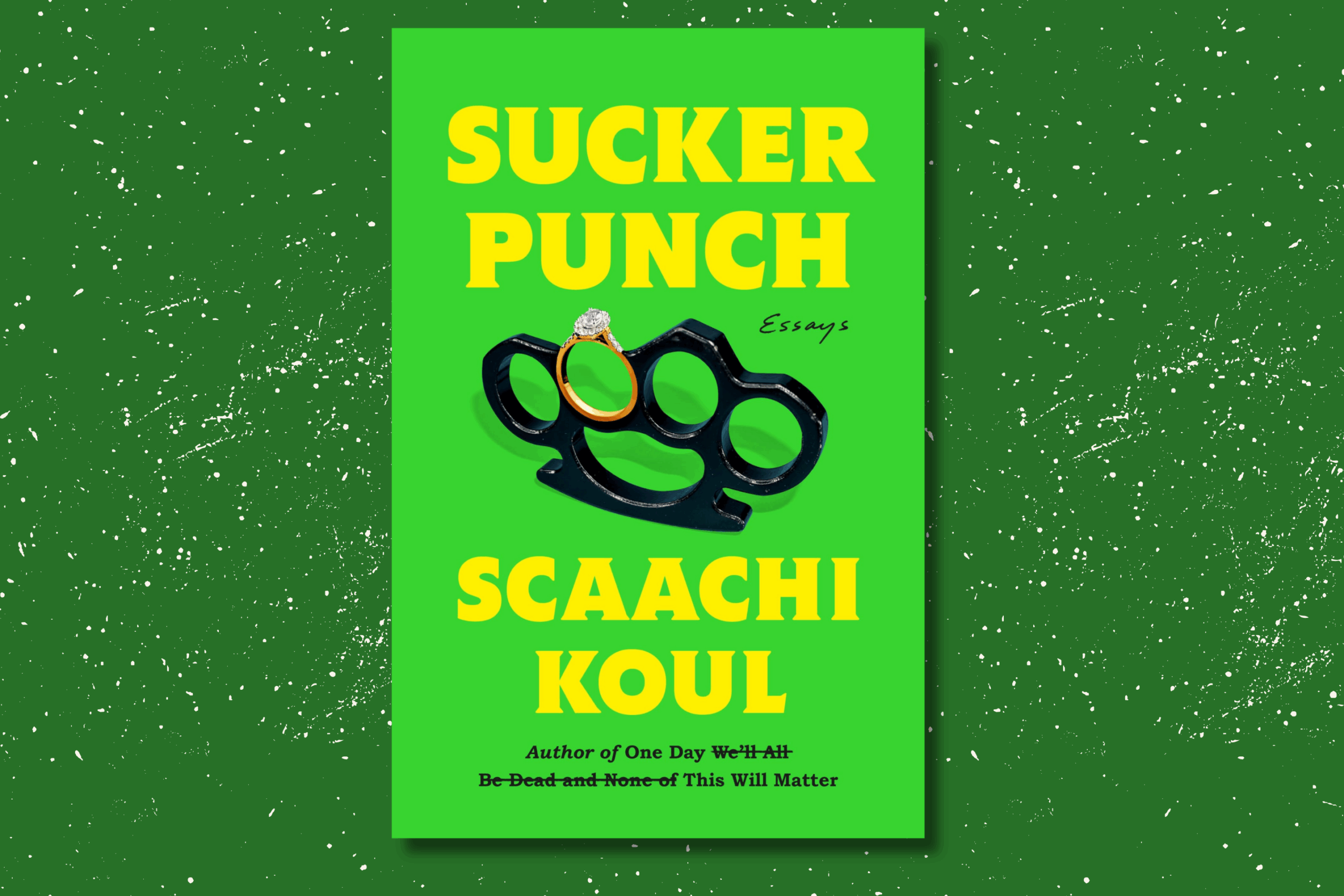(CanCulture/TIna Makuto)
By Tina Makuto
The rebirth of vintage fabrics is a common occurrence in today’s society. From high fashion runways to everyday street style, people and designers alike are growing more comfortable with the idea of revitalizing fabrics and textiles we all thought were old news.
Being able to truly appreciate the beauty of vintage fabrics and textiles such as silk, velvet and corduroy, begins with understanding their origin.
Velvet, for example, is most commonly known for its relevance in the 90s and early 2000s, largely due to brands like Apple Bottoms, Baby Phat and, of course, Juicy Couture. These brands popularized the fabric in an unprecedented way. Historically, velvet was viewed as a fabric reserved only for the upper class. These brands challenged that view by turning a very elite fabric into everyday wear.
Another fabric that took a turn from its original creation is silk. The earliest known example of the fabric dates all the way back to 3630 BC, in China, where it was used to wrap infants. In Ancient Chinese culture, silk was reserved exclusively for the wealthy and powerful. For a long time, the only people admitted to wear it were the emperor and those close to him.
Since then, silk has maintained its high-quality status. However, it has also turned into a fabric found virtually everywhere, at differing price points.
“Even though we think of silk as really fancy or formal wear, a lot of people have been styling it more for casual wear,” said Anael Domingo, a first-year fashion communication student.
Lastly, perhaps the most controversial revitalized fabric today is corduroy. When the fabric became on trend once again, not everyone was on board. Now, it seems we are growing more fond of it after all.
Corduroy evolves from the ancient cotton weave known as fustian. Fustian is a textile that existed for thousands of years before it was given the name corduroy. Although the first appearance of the fabric is still somewhat unclear, it dates all the way back to 12th-14th century BC in Ancient Egypt.
During the 12th-14th century BC, corduroy picked up popularity by being distributed and manufactured throughout Europe via Italy. In 18th century England, corduroy was a particularly prevalent fabric favoured for outdoor wear due to it’s warm, quick-drying, and sturdy properties.
Toronto-based designer Isla Cowan launched her brand Heavy Flow last February, with the sole focus of reusing vintage fabrics and textiles in her original designs.
Toronto-based designer Isla Cowan in her studio. (CanCulture/Tina Makuto)
“I sold vintage clothing with my best friend for four years and I’ve always really wanted to make stuff with my hands. I really love creating things and I’ve always been interested in style and fashion. So, it kind of was a natural progression from working with vintage clothes to working with vintage textiles,” said Cowan.
All of Cowan’s designs are handmade either by herself, a member of her team or a contractor.
(CanCulture/Tina Makuto)
Despite being a relatively new and small organization, Cowan places sustainable and ethical production and practices at the forefront of all affairs.
“The fashion industry is the second largest polluter, which is why it’s so important for me — if I’m going to be involved in fashion and producing clothes — to keep a sustainable aspect,” said Cowan.
Cowan calls the process of sourcing the fabrics “treasure hunting,” as it’s not “super glamorous”. She describes coming across her fabrics in a number of ways. One of them is donations from people that don’t want to see their clothing or leftover fabrics end up in a landfill. Another is by going through secondhand shops or digging around her grandmother’s basement.
(CanCulture/Tina Makuto)
Cowan says revitalizing vintage fabrics is very important. Speaking of her own mandate to reduce waste, she said, “Instead of a beautiful piece of fabric being thrown into the garbage, I know I can turn it into a beautiful coat.” She explained that working with vintage fabrics allows for the fabrics to take on a different feel and that’s something you can’t replicate.









Comments
bruh ass aide